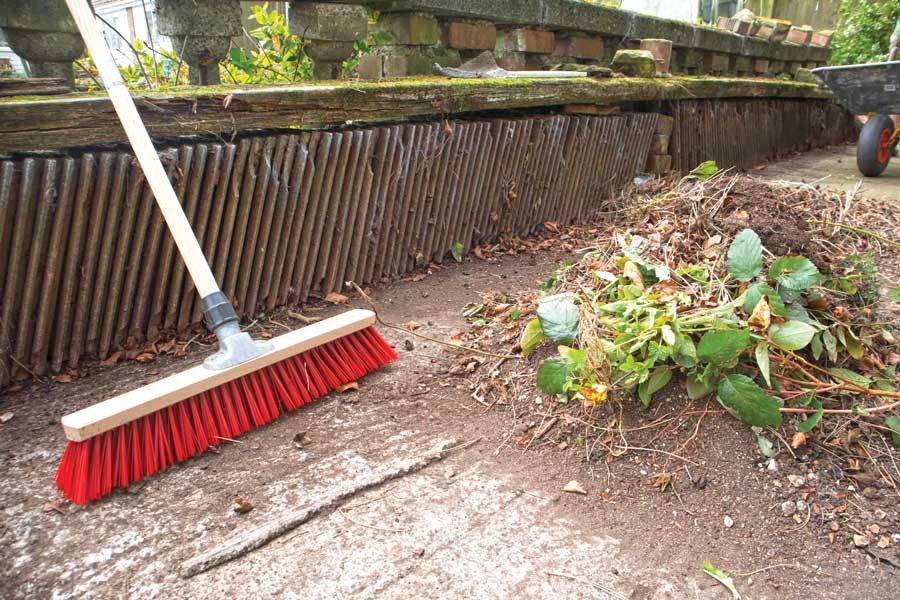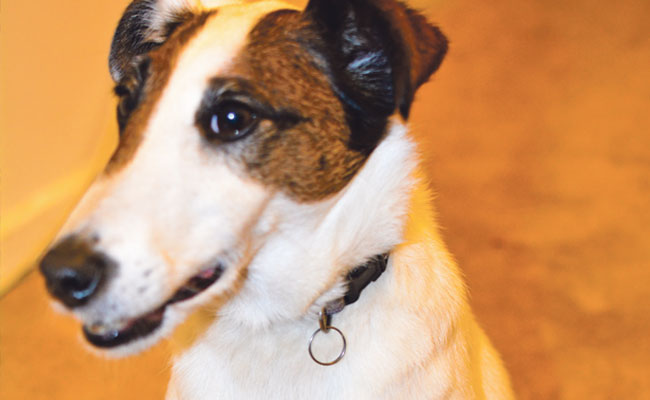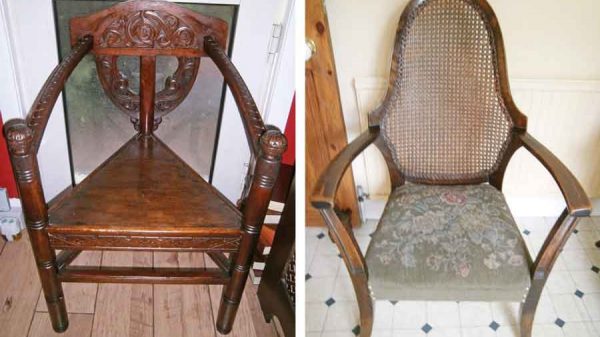As winter heads towards spring our thoughts turn to spending a little more time outside. Although a little unpredictable, February is usually sprinkled with teasing days of sunshine although often with a chill in the air. Not time to shed too many layers just yet but lots to do in the garden. Longer days do cheer me up, I hate dark mornings and early nights, often curtailing my urge to wander around the garden.
For those itching to start sowing there are some hardy vegetables that can be started this month, although they will need a little warmth. The trick is how you keep them going without them turning into spindly contorted seedlings that can barely hold up their leaves. Once germinated, they will need lots of light, a warm conservatory or greenhouse is perfect, but if you only have a windowsill make sure it is light but not in direct sunshine, and that it is a room that is on the cooler side. Living rooms and kitchens are generally too warm and encourage soft stretched seedlings. A spare bedroom with good light is much better and will provide a more stable temperature with good light. Check seedlings daily and turn the trays to give even light. If you have an unheated greenhouse then trays of seedlings can be moved there once they have well developed seed leaves, although it is helpful if they can be covered with horticultural fleece at night, removed early morning.
Sowing should start no earlier than 14th February, and good ones to try are spring onions, lettuce, early cabbage and broad beans. Peas can be sown in a pot on a windowsill to harvest as pea shoots after they reach 3 – 5cm ( 1-2”). Early sown veg will need potting on before hardening off and planting out in April or May. Sow small quantities bearing in mind how much space you have to grow them on. Repeat sowings throughout the season gives steady continuous crops and avoid overcrowding limited space.
The most commonly grown hydrangeas are those termed ‘mop-head’ or lace-cap’ and as the name suggests they are either large rounded heads or flat with flower like bracts around the edge.
I leave the previous year’s flower heads on right through the winter as they give some protection to emerging buds. I prune in late February, removing the flower, cutting back to a healthy pair of emerging buds. Depending on how vigorous they are and what height I want, this may be two or three pairs of buds from the flower. With established bushes it’s also good practice to remove two or three of the oldest branches completely as this will encourage new growth from ground. If you have a very old bush that is getting a little overgrown you can cut them quite hard down to a pair of buds 30cm (12″) from the soil level, however they won’t flower until the following year. It’s also worth removing a third of all the branches right down to ground level which will give a more open habit and stronger growth. I like to feed shrubs in spring just as they are starting into growth, a general garden fertiliser is fine, I use chicken pellets as they are fairly cheap and readily available.
Sort out your plant supports, canes, pea sticks or wire/plastic supports. Having them sorted, clean and organised means that you can find them easily. When herbaceous perennials have about 5-7.5cm (2 – 3”) it’s time to put supports in position. This avoids twisted lanky growth and a wrestling match with wayward stems. When tidying up the garden I put aside any woody branches that might be useful as plant supports, which gives a more natural effect. It goes without saying that any diseased branches are disposed of rather than using as supports.

Any hedges that have not been pruned or clipped should be dealt with now before birds start to select their nesting sites. I try to recycle or compost all the arisings from the garden so hedge clippings go through the shredder and either onto the compost heap or spread on the woodland path. Again it’s a good idea to feed hedges in spring and I use the same as for the hydrangeas. Whilst you are trimming and tidying up the hedge think about whether you could find a spot for a nest box or two, there is nothing more fascinating that watching small birds raise their young, and you will also find that many small birds will feed their young on pests like greenfly and soil grubs.
Happy gardening,
Martin
Next month, (cutting back winter stems, get those beer traps out, pull the weeds before they seed.)







